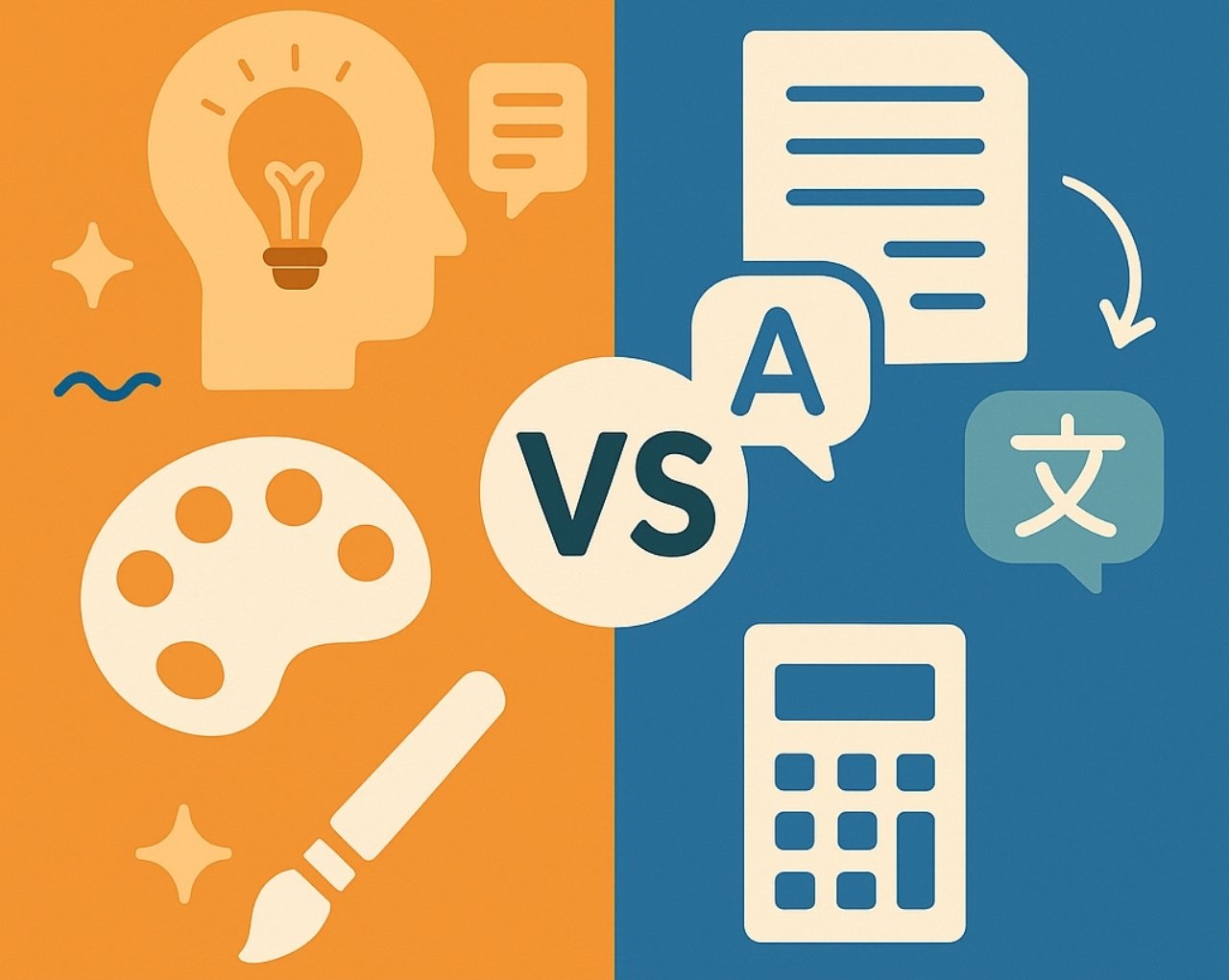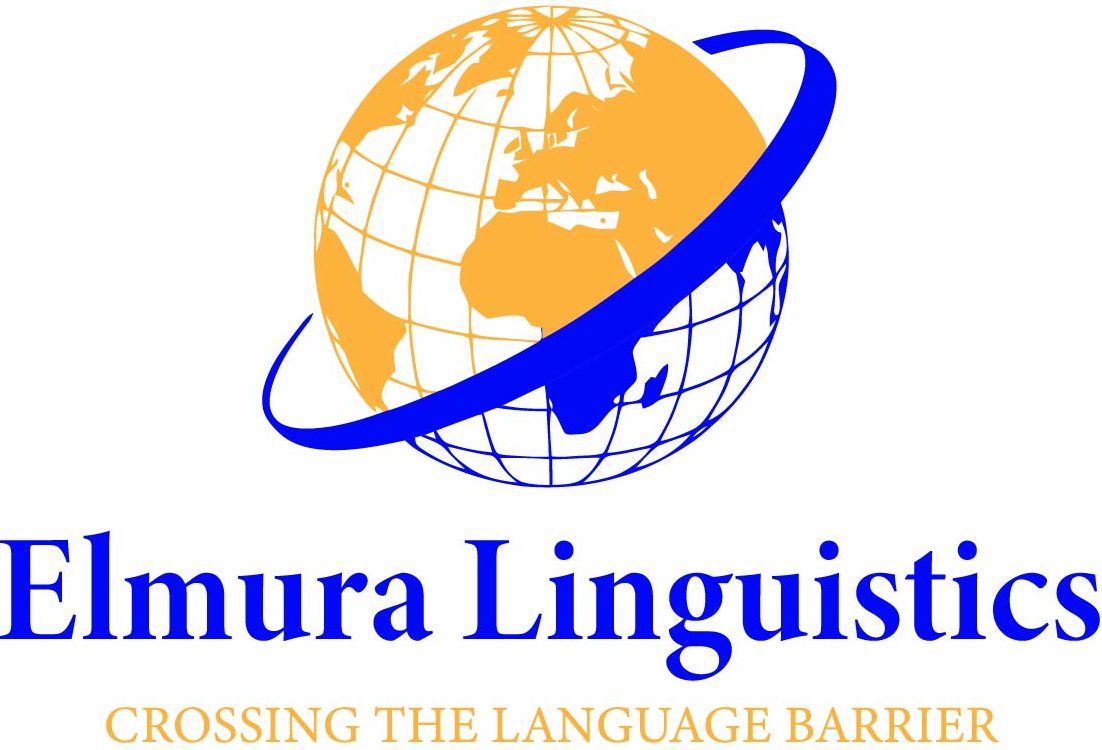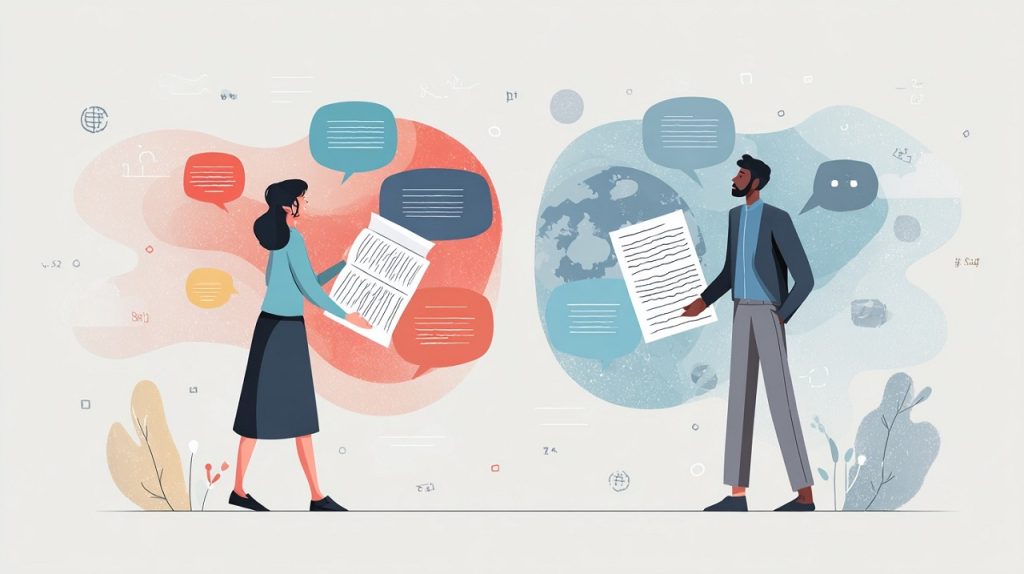Ever seen a global ad that just clicks in one country but completely misses the mark in another? That’s not a translation fail, it’s a transcreation miss. Brands expanding globally can’t afford to simply swap words between languages and hope for the best.
They need messaging that feels native, hits emotionally, and stays true to the brand voice.
So what’s the real difference between transcreation and translation?
- Translation focuses on accuracy, transferring meaning from one language to another while keeping the original message intact.
- Transcreation is creative adaptation, rewriting content to fit a different culture, emotion, and audience while preserving the intent but not necessarily the words.
One is linguistic precision. The other is cultural persuasion. Knowing which to use can make or break your global message.
Table of Contents
ToggleWhat Is Translation? A Simple Yet Powerful Tool

When exploring transcreation vs translation, it’s crucial to first understand what translation actually means in the simplest terms.
Translation is the process of converting written content from one language into another while maintaining the original meaning as accurately as possible. Think of it as a precise, word-faithful transfer, ideal for content that demands clarity and consistency, like:
- Legal contracts and court documents
- Technical manuals or medical instructions
- Academic research or formal reports
While translation preserves meaning, transcreation transforms it. The two may seem similar, but as we’ll explore, the difference between transcreation vs translation can drastically affect how your message lands across cultures.
What Is Transcreation? Creative Adaptation Across Cultures

Transcreation is the process of rewriting content for a new language and culture while preserving the original intent, tone, and emotional impact. It’s not just about translating words, it’s about transcreating meaning.
Unlike translation, which sticks closely to the original structure, transcreation allows flexibility. Words can change, sentences can shift, and the final message may look completely different as long as it resonates with the target audience.
Transcreation is used when:
- You’re adapting marketing campaigns, slogans, or product names
- Cultural context and emotional tone are essential
- The goal is to persuade, evoke emotion, or reflect local values
Transcreation services typically begin with a creative brief rather than a source document. This brief outlines goals, audience, and tone, allowing the transcreator to craft messaging that feels native while staying true to the brand.
6 Key Differences Between Transcreation and Translation

Understanding the key distinctions in transcreation vs translation is essential for choosing the right approach. Here’s a direct comparison based on real-world use cases:
| Aspect | Translation | Transcreation |
| Purpose | Deliver accurate meaning | Evoke emotion and cultural connection |
| Approach | Word-for-word fidelity | Creative reimagining of the message |
| Input | Source text | Creative brief with goals and audience info |
| Use Cases | Legal, medical, technical docs | Ads, taglines, product names, campaigns |
| Creative Flexibility | Low | High — freedom to rewrite |
| Billing Model | Per word | Per hour or project |
Transcreation isn’t a premium version of translation. It’s a separate service built for different objectives. When the goal is clarity, translation is the tool. When the goal is emotional engagement or cultural relevance, transcreation is the strategy.
Real-World Examples of Transcreation in Action
Transcreation isn’t theory, it’s how global brands avoid cultural misfires and connect authentically. Here’s how some got it right:
Intel – Brazil
Original slogan: “Sponsors of Tomorrow”
Brazilian adaptation: “Apaixonados pelo futuro” (In Love with the Future)
A literal translation suggested delayed delivery. The transcreated version delivered optimism and immediacy, exactly what Intel wanted.
Marvel – India
Spiderman became Pavitr Prabhakar. New Delhi replaced New York. His powers came from an ancient yogi instead of a radioactive spider.
A full cultural adaptation made Spiderman relatable, not just readable.
Coca-Cola – Global
“Share a Coke” was customized by country with popular names and phrases that fit local language habits.
Transcreation made a global campaign feel personal and local, driving viral success.
KFC – China

“Finger Lickin’ Good” was transcreated to “Suck your fingers for the original flavor”; a culturally acceptable phrase in Mandarin.
The emotional idea stayed the same, even if the words didn’t.
These aren’t translations. These are transcreations, designed to resonate, not just inform.
When Should You Choose Translation vs. Transcreation?
Choosing between translation and transcreation depends on your goal, audience, and content type. Here’s how to decide:
Choose Translation when:
- Your content must be accurate and consistent
- You’re working with legal documents, manuals, academic papers, or medical texts
- The tone and structure should remain exactly as the original
- Budget and turnaround time are tightly defined
Choose Transcreation when:
- You need your message to emotionally connect with a new audience
- You’re adapting ads, slogans, web copy, brand stories, or video scripts
- Cultural references, idioms, or humor are involved
- You want to maintain brand tone, not just translate words
Many global campaigns use both. A product brochure might be translated for technical accuracy, but the headline and CTA might be transcreated to convert effectively.
Not Sure Whether You Need Translation or Transcreation?
At Elmura Linguistics, we don’t just swap words between languages, we help your message resonate.
Whether you need the precision of translation or the emotional impact of transcreation, we tailor our services to your goals, audience, and industry.
From legal documents to global ad campaigns, we guide you to the right solution and deliver it with clarity, cultural insight, and linguistic expertise.
Learn more about our services and let’s make your content work worldwide.
Why Transcreation Can Transform Your Global Strategy

Reaching new markets isn’t just about language, it’s about relevance. That’s where transcreation delivers ROI.
While translation ensures clarity, transcreation helps you win attention, trust, and action in unfamiliar cultural landscapes.
With the rise of AI translation tools, many brands now rely on automation for basic content, but when it comes to tone, nuance, and emotional impact, AI often falls short. This shift has only increased demand for transcreation, especially in branding and marketing, where how you say something matters as much as what you say.
Here’s why global brands invest in transcreation:
- It enables your message to blend in culturally while standing out emotionally.
- It protects your brand from tone-deaf messaging that can cost you credibility.
- It boosts campaign performance by adapting your message to how people think, feel, and buy in each market.
If you’re entering a competitive space, transcreation isn’t optional, it’s strategic.
Frequently Asked Questions (FAQ)
What is the meaning of transcreation?
Transcreation means creatively adapting content from one language to another while maintaining its intent, tone, and emotional impact. It goes beyond direct translation to ensure the message resonates with the target audience culturally and emotionally.
What is the difference between transcreation and translation?
Translation focuses on linguistic accuracy and clarity, while transcreation adapts content to connect with the audience on a cultural and emotional level. Transcreation is ideal for marketing, branding, and advertising content where tone and context matter.
When should I use transcreation instead of translation?
Use transcreation when you’re working with content like slogans, taglines, web copy, or campaign messaging that needs to persuade or emotionally engage a local audience. Use translation for legal, technical, or informational content that requires accuracy.
Can I transcreate content myself using AI tools?
While AI can assist with translation, transcreation requires human creativity and cultural insight. It’s not just about language, it’s about understanding your audience’s mindset. That’s why professional transcreators are essential.
Is transcreation more expensive than translation?
Typically, yes. Transcreation is more time-intensive and involves creative rewriting, not just word-for-word substitution. It’s usually billed per hour or project, not per word like traditional translation.
What is a simple definition of translation?
Translation is the process of converting text from one language to another while preserving the original meaning as closely as possible. It is used to enable clear, accurate communication across languages.
Conclusion
Translation ensures linguistic accuracy, while transcreation ensures emotional and cultural resonance. Both serve distinct purposes. Use translation for clarity and consistency, and transcreation for impact and engagement.
Choosing the right approach isn’t just a linguistic decision; it’s a strategic one that can define your brand’s global success.





